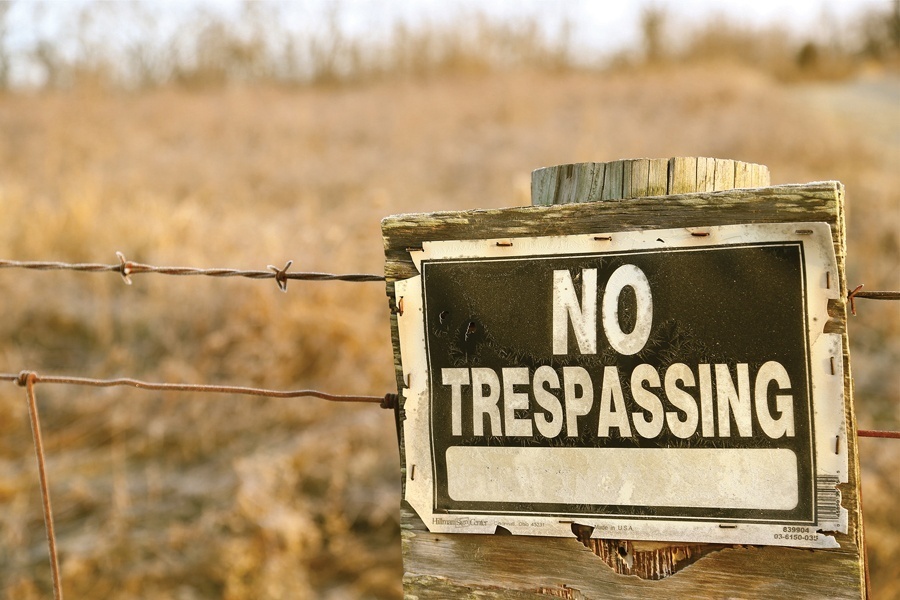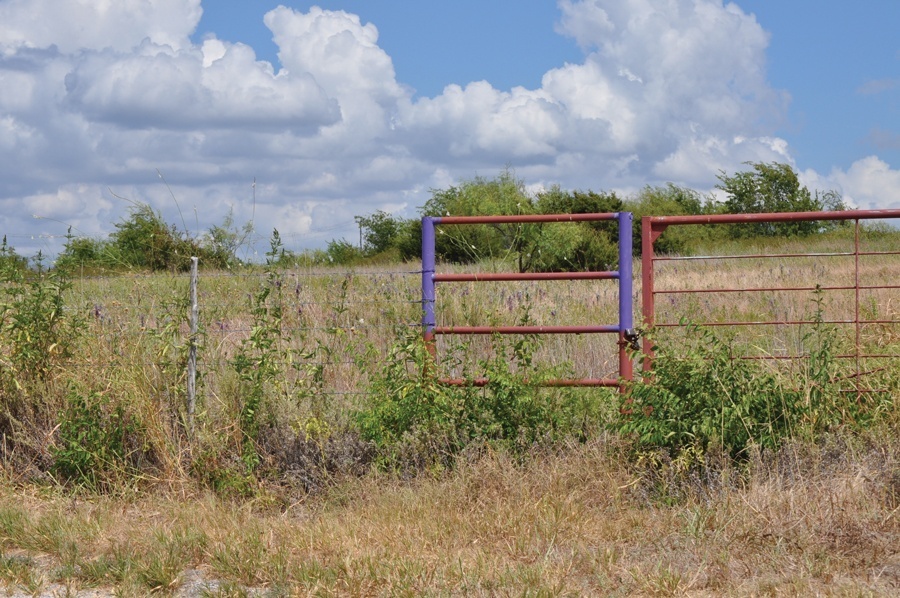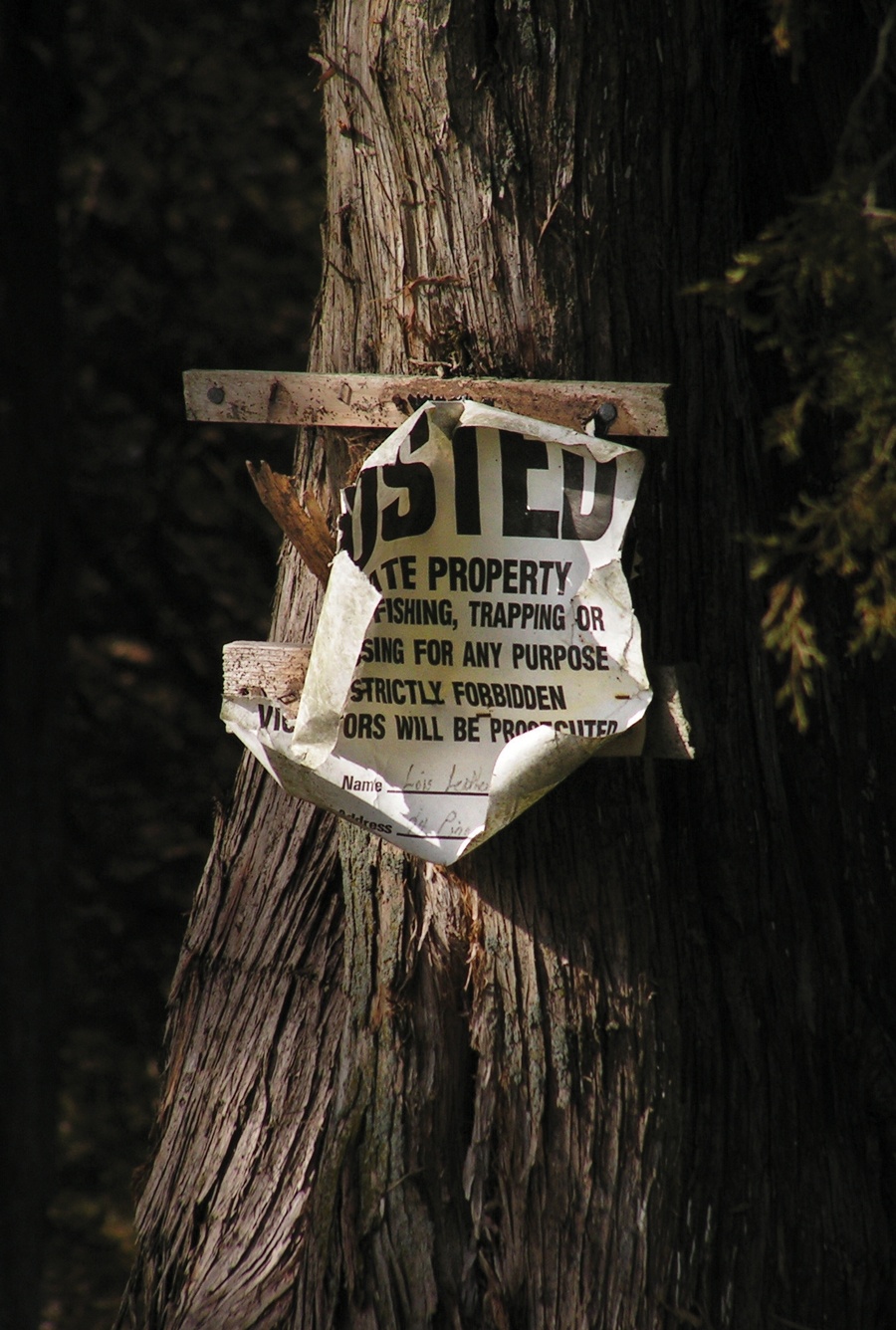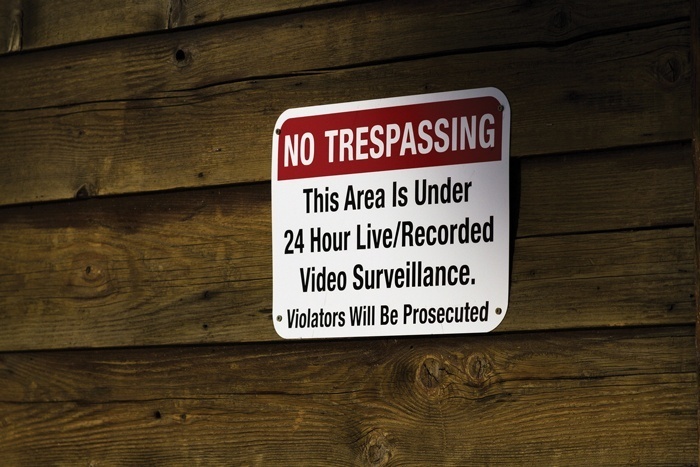
If you have land, you’ll probably eventually get trespassers. It’s a common irritation and sometimes an expensive one if those trespassers turn into vandals or thieves. Kids on UTVs, trespassers cutting across your property or hunters on the trail of game can often ignore fence lines and other boundaries.
So what can you do to keep folks off? And what to do when they don’t stay off?
Posted
Landowners who want to keep strangers out should invest in NO TRESPASSING signs at all entrances to the property. Posted signs are a great deterrent and your probability of getting trespassers prosecuted is far greater than not posting signs on the property. No Trespassing signs also help to insulate the landowner from liability, should uninvited persons be injured on your property.
Check signs at least annually to make sure they’re still visible and haven’t fallen or been stolen. Sometimes brush or trees can grow to obscure signs and harsh sun, weather or rust can fade letters.
A blue TSCRA “Posted” gate sign is not the same as a No Trespassing sign, but it doesn’t hurt to have one on your fence, as well! Plenty of folks have admitted that seeing a blue gate sign has made them think twice about entering someone’s property without permission.
Purple Paint
In Texas and Oklahoma, purple paint is a method of prohibiting trespassing. The purple paint is an alternative to posting No Trespassing signs and carries the same legal weight as a notice that someone is entering private property.
According to Penal Code 30.05 CRIMINAL TRESPASS, placement of the purple marks must be vertical lines at least 8 inches long and 1 inch wide, placed not less than 3 feet from and not more than 5 feet above the ground, and that their placement is in a location that is easily visible to a person approaching the property. The markings can be no more than 100 feet apart on wooded land or 1000 feet apart on open land.
Trees may also bear the paint or marks when a physical fence is not present.
As with signs, landowners need to be sure to check at least annually that the paint is visible and not faded or obscured by brush.
Good Neighbors
Talk to your neighbors about trespassers and the situations you’d both like to avoid. If your neighbor allows hunters and you don’t, see if you can come to an agreement about what to do if one of them strays into your pasture.
If you’re leasing the land, talk to your landlord or the landowner about trespassers, as well as who would be responsible for posting signs, painting fences or calling law enforcement when a violation occurs. Be sure to notify your landowner if they have the responsibility of enforcement and you have someone else feeding your cattle that they do not recognize or know.
A little communication can prevent a LOT of trouble.
Fishing and Hunting
A stock pond or field of sunflowers visible from the road can be tempting for an angler or autumn bird hunter. However, unless someone has your express permission to be on your property, they shouldn’t be there. This includes hunting, fishing and retrieving game that has fallen or retreated behind your fence or property line.
According to the Texas Parks and Wildlife Department, “no person may pursue a wounded wildlife resource across a property line without the consent of landowner of the property where the wildlife resource has fled. Under the trespass provisions of the Penal Code, a person on a property without the permission of the landowner is subject to arrest.”
They also state that a person who hunts without landowner consent and kills a desert bighorn sheep, pronghorn antelope, white-tailed deer or mule deer commits an offense that is a Parks and Wildlife Code state jail felony. Upon conviction, their hunting and fishing license is automatically revoked.
When it comes to fishing, TPWD says a fishing license is not required to fish in private waters in Texas; but, if you are on private property while fishing in public water, a fishing license is required.
What to Do
If you catch someone on your land without permission, the best thing to do is to call your local sheriff’s office or game warden. Don’t try to detain or confront them. You don’t know if they are armed or willing to get violent, especially when caught red-handed. It’s normal for a landowner to feel violated or angry when they catch someone trespassing, so the safe thing to do is leave it up to law enforcement.
What you CAN do is take pictures of the offender(s) and make a note of what they were wearing, driving or carrying, in case the authorities need evidence. This includes pictures of the offenders on the property and photos of their vehicles and/or license plates.
It’s a good idea to have the numbers for the sheriff and game warden on your contacts list or programmed in speed dial before you’re in the heat of the moment or away from a quick Google search. Most folks may already know their local authorities, but a few may have never needed to contact them.
To find the number of your local game warden, visit tpwd.texas.gov/warden. They are also on Facebook and Twitter. To reach Game Warden Headquarters in Austin, call (512)389-4845 and they can give you the right office or number to call in your area.
Smile! You’re On Camera
If you find you’re having repeated visits from strangers, a battery-operated game camera can tell you who and when. These can be found at your local hunting and fishing supply store and are easy to set up in a spot likely to catch sight of the offender. Depending on the model and price, the more advanced cameras can be motion-activated and notify you via text or smartphone app if someone has gone through a gate or crossed a cowpath near your water tank.
Some landowners have also placed dummy cameras around tanks, troughs or at gates. Sometimes the mere threat of a camera with signs notifying visitors that they are being recorded is enough to scare trespassers away. ❚
“Trespassers Beware!” is from the May 2017 issue of The Cattleman magazine.



